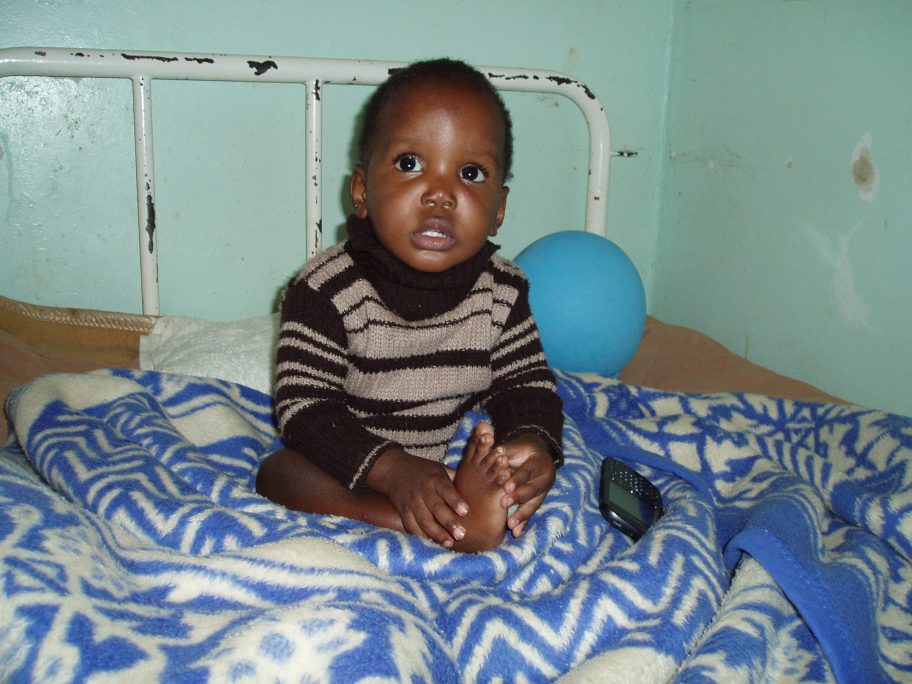Children and the risk of becoming infected with TB
Children are at great risk to become infected and develop TB, when in contact with people with TB. TB in children typically presents with symptoms resembling common childhood illnesses, which can cause delays in diagnosis of TB and treatment initiation. Young children are especially prone to develop serious and often lethal forms of TB (TB meningitis and military TB). This can be prevented through early preventive treatment with antibiotics of children in contact with people with infectious TB. But in many places contact investigation with examination for active TB and TB preventive treatment among household members of people with TB is not practiced constantly.
There are many other challenging factors in the diagnosis of childhood TB, access to quality TB diagnostics and highly sensitive point-of-care diagnostic tests is limited and primary health care (PHC) facilities often lack capacity to exclude presumptive TB. Precious time is lost during trial treatments with therapies for other diseases. In many situations clinics rely on the use of sputum as the sample for a laboratory diagnosis of TB. However, a sputum sample is difficult to collect from children, while stool could be used as alternative if sputum cannot be obtained. Often referrals to secondary or tertiary health care facilities for expert consultations are required, until a diagnosis of TB is finally made. This leads to late or missed diagnosis of TB in children and adolescents, the so-called diagnostic gap.
National TB programs should take into account the specific needs of children and adolescents in their policies and program implementation, Health care workers at primary health (PHC) or child health care services should be trained to increase awareness and to perform contact investigation. They should be equipped with necessary materials and provided with the means to provide TB preventive treatment and to recognize presumptive TB in children and adolescents. This will prevent TB disease in children and adolescents, reduce the diagnostic gap and improve timely initiation of treatment.
KNCV is taking a leading role using innovations to support the development of such policies. KNCV provides guidance to develop and introduce tools for strategic planning, to implement TB preventive treatment, simple easy-to-use diagnostic methods such as SOS stool method, and effective child friendly treatment options for children and adolescents.
KNCV also developed the KNCV Benchmarking tool for TB in Children and Adolescents and KNCV Benchmarking tool for TB in Children and Adolescents manual. The benchmarking tool is a self-assessment tool, meant to serve as a basis for discussions, brainstorming, and strategic planning and as a tool for monitoring progress in implementation of policies on the management of TB in children and adolescents in line with most recent WHO guidance, within the framework of a national TB programme.

